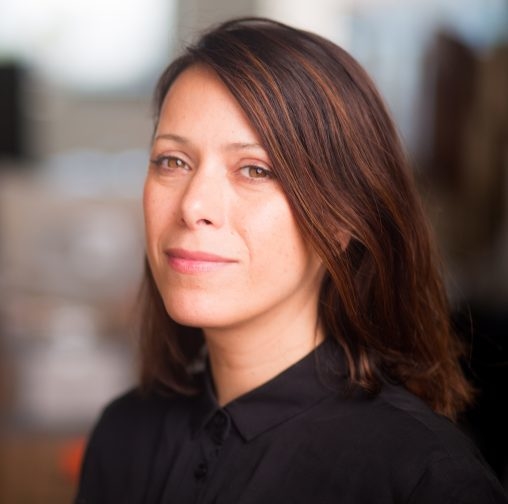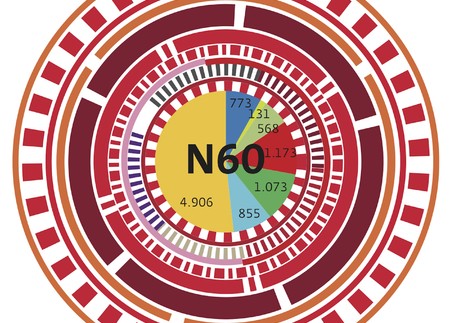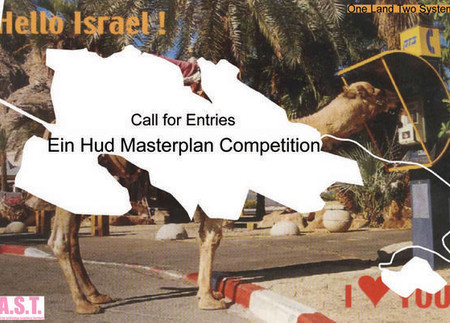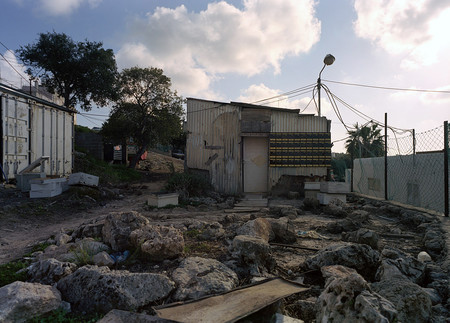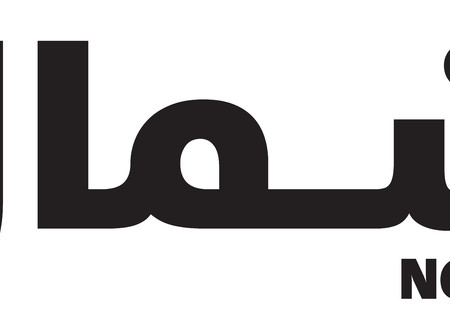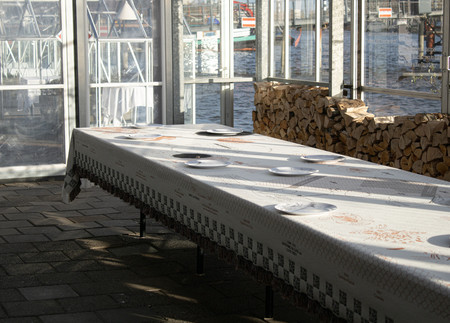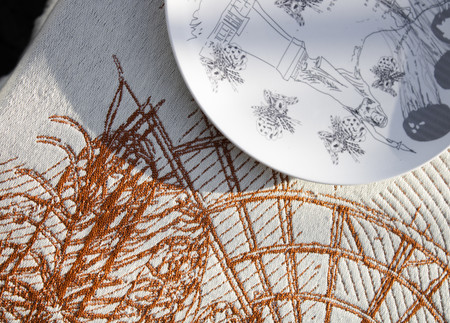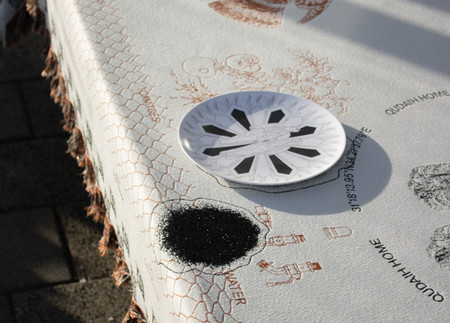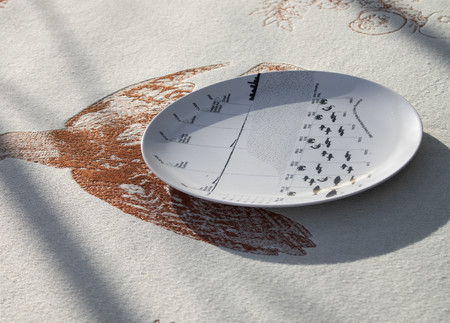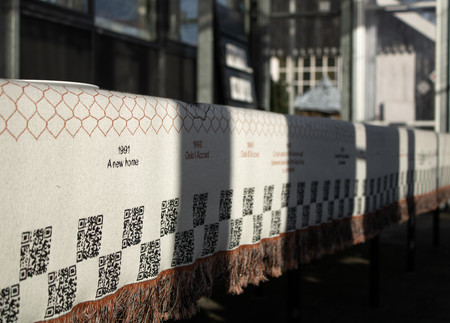FAST uses research, advocacy, and design to investigate the relationships between architecture, urban planning, and human rights. Its cross-disciplinary and multi-scalar work explores the mechanisms behind, and the impact of systemic and spatial violence on people’s living environments and livelihood. FAST develops collaborative initiatives and designs to promote spatial and social justice.
Shoshan is the author and the mapmaker of the award-winning book Atlas of Conflict: Israel-Palestine (Uitgeverij 010, 2010). The book details the emergence of Israel and disappearance of Palestine over the past century. It visualizes issues of settlement distribution and typology, land ownership, landscaping, water and access to resources in a state of conflict. Shoshan is also the co-author of the book Village. One Land Two Systems and Platform Paradise (Damiani Editore, 2014). Village consists of multiple narratives that recount the story of an internally displaced community in Israel and shows how Shoshan designed a collaborative engagement process to produce an alternative masterplan for the village. This masterplan served as a tool to negotiate the community’s right to spatial equality and state services with the local authorities.
Additional publications include Zoo, or the letter Z, just after Zionism (NAiM, 2012), Drone. UNMANNED. Architecture and Security Series(DPR-Barcelona, 2016-2018), Retreat. UNMANNED. Architecture and Security Series (DPR-Barcelona, 2020), the issue Spaces of Conflict for Footprint, TU Delft Architecture Theory Journal (JAP SAM Books, 2017), Greening Peacekeeping: The Environmental Impact of UN Peace Operations (The International Peace Institute, 2018), and UN Peace Missions in Urban Environments and the Legacy of UNMIL (FAST, CIC-NYU, 2019).
In 2016, Shoshan was the curator of the Dutch Pavilion for The Venice Architecture Biennale with the exhibition BLUE: Architecture of UN Peacekeeping Missions, which examines the spatiality and legacy of UN Peace Operations in conflict-affected urban environments. The exhibition will be the subject of her forthcoming book BLUE: Peacekeeping Architecture in collaboration with Irma Boom (Actar, 2019).
Shoshan studied architecture at the Technion – Israel Institute of Technology, and the IUAV – the University of Venice. She is currently Area Head of the Art, Design, and the Public Domain Master in Design Studies at Harvard GSD and a visiting scholar at the Institute for Public Knowledge at NYU. In 2015, she was a visiting critic at Syracuse University’s School of Architecture.
Since 2016, she taught the courses Architecture of Peace, Spaces of Solidarity, Exhibit: Designing for Decentralization, Forms of Assembly, Interdisciplinary Art and Design Practices with focus on border crossings, migration and survival, and Reimagining Social Infrastructure and Collective Futures at Harvard University Graduate School of Design.
Her research and design work has been published in newspapers and journals including the New York Times, The Guardian, NRC, Haaretz, Volume, Surface, Frame, Metropolis, and exhibited in venues including the UN Headquarter in NYC (2016), Venice Architecture Biennale (2002, 2008, 2016), Experimenta (2011), Het Nieuwe Instituut (2014), The Istanbul Design Biennale (2014), The Israel Digital Art Center (2012), and The Netherlands Architecture Institute (2007).
